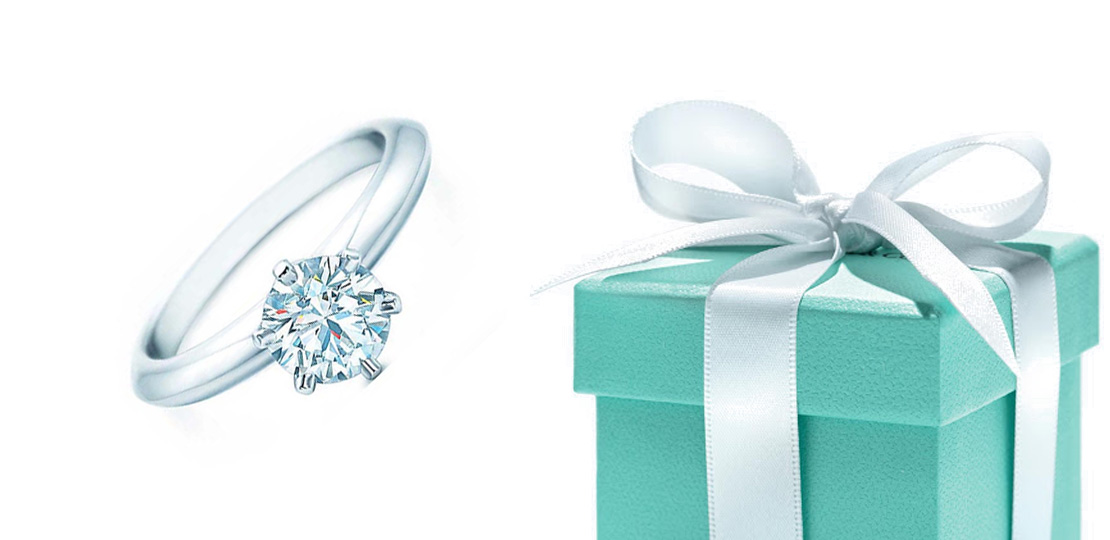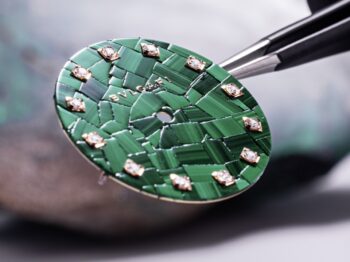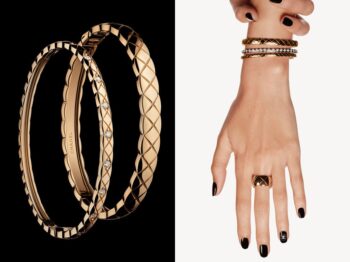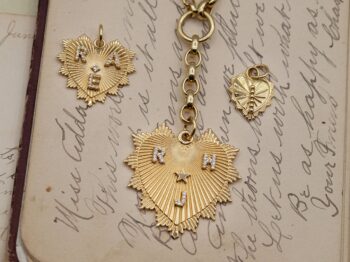An ambitious and young Charles Lewis Tiffany can be credited for the start of Tiffany & Co. His business minded nature helped to create a jewelry legacy we still have the chance to see today.
When was Tiffany and Co. founded?
Tiffany & Co was co-founded in 1837 by 25 years-old Charles Lewis Tiffany and John B. Young who took a $1,000 loan from Charles’ father. Surprisingly their first stores held no jewelry at all! They were known as a stationary, ‘fancy goods’ and curiosity shop. Their Lower Manhattan store was changed to ‘Tiffany, Young and Ellis’ after the pair took on another partner, J.L. Ellis. In 1853, Charles parted ways with his partners leaving Charles with sole ownership. Charles had always had interests in business, even from a young age. Around the age of 15, he was managing a store that his father owned. Naturally, he changed the company name to the name we all know today, Tiffany & Company.
During the 1840’s, business savvy Charles Tiffany started purchasing diamonds from French aristocrats who were strapped for cash. Around this time, Tiffany started producing fine jewelry, which led to the company’s first Tiffany Blue Book. In 1845, Tiffany produced the country’s first mail-order catalog, which portrayed many of their finest designs and craftsmanship. This catalog is still continued to this day, for their subscribers.
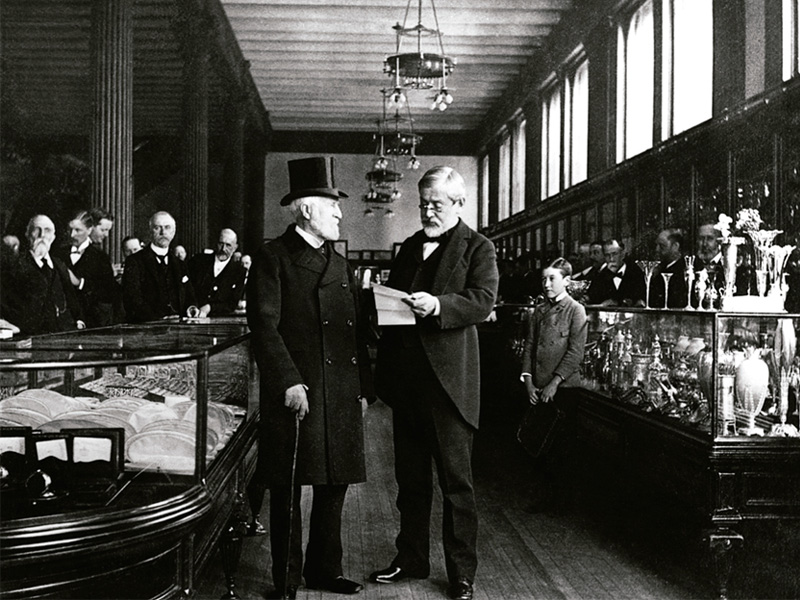
Why Tiffany Blue?
As the name suggests, the book was created in their famous Tiffany Blue color. Tiffany’s iconic blue color has been trademarked No. 1837 on Pantone’s color chart, after their founding year. It is sometimes referred to as forget-me-not blue and robin’s egg blue. To the ignorance of many the Blue color draws a direct parallel to the fact that Tiffany used to own a Turquoise mine! This color has later been translated into their boxes and became their signature color. Charles declared that no box should be given away without a purchase, a very strict rule!
In 1867 Tiffany was well established in America and decided to participate at the Paris World’s Fair. Their success in winning the grand prize for silver led to their popularity in Europe. Soon after, their first stores in London, Geneva and Paris were opened.
Who owns Tiffany?
Tiffany remained in the hands of the Tiffany family for many years, until 1955. One of their shareholders, Harry Maidman, a realtor, had purchased up to 30% of the company. He wanted to sell his shares to Bulova Watch Co., but in order to prevent that, the Tiffany family sold 51% of the stock to the Hoving Corp. In 1978, they were then sold to Avon Products Inc. until 1984 when they were sold to a group of inventors. In 1987, Tiffany went public.
After years of success, Tiffany still continues to grow and gain popularity. With over 30 Flagship Stores and locations in over 50 countries, the luxurious brand that Charles Lewis Tiffany started is clearly here to stay.

